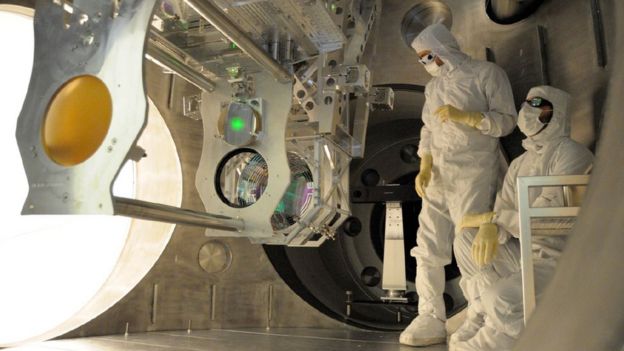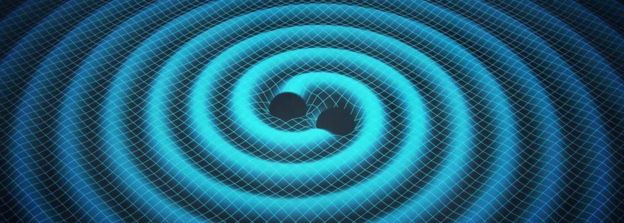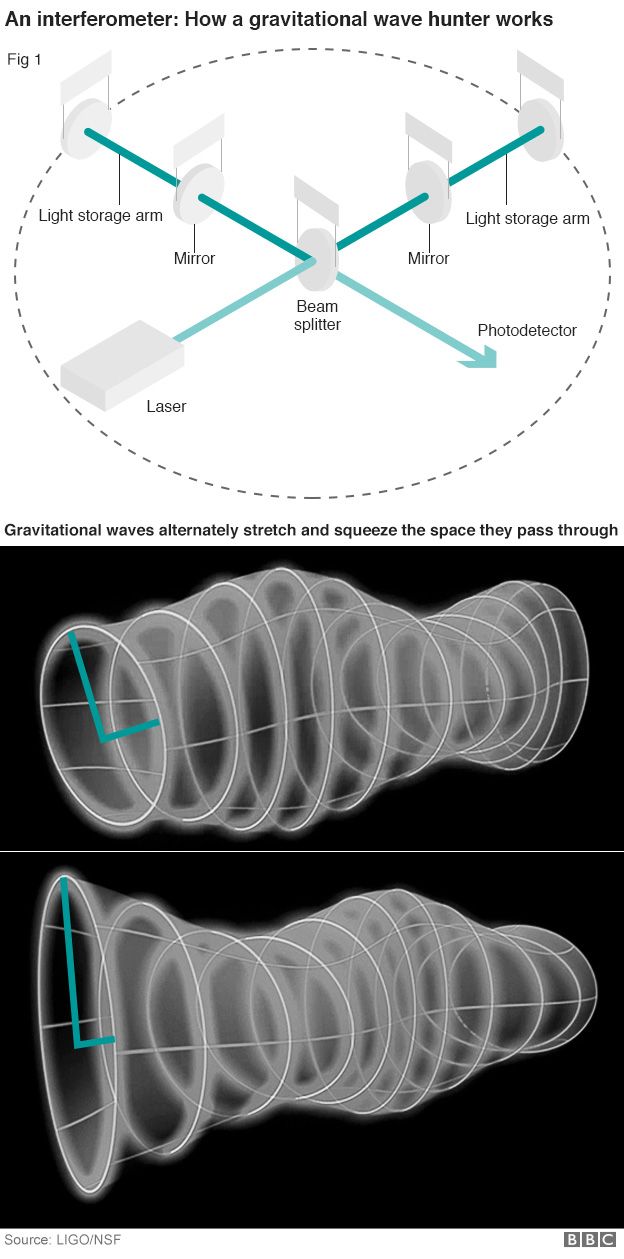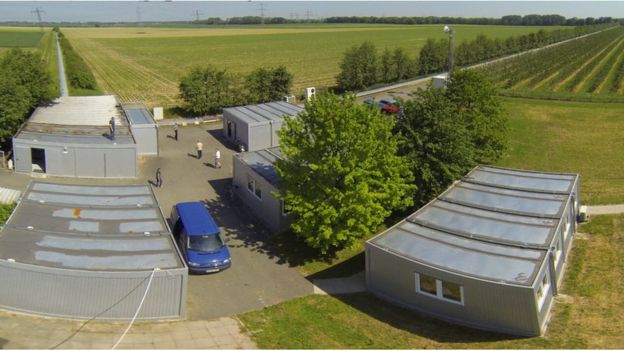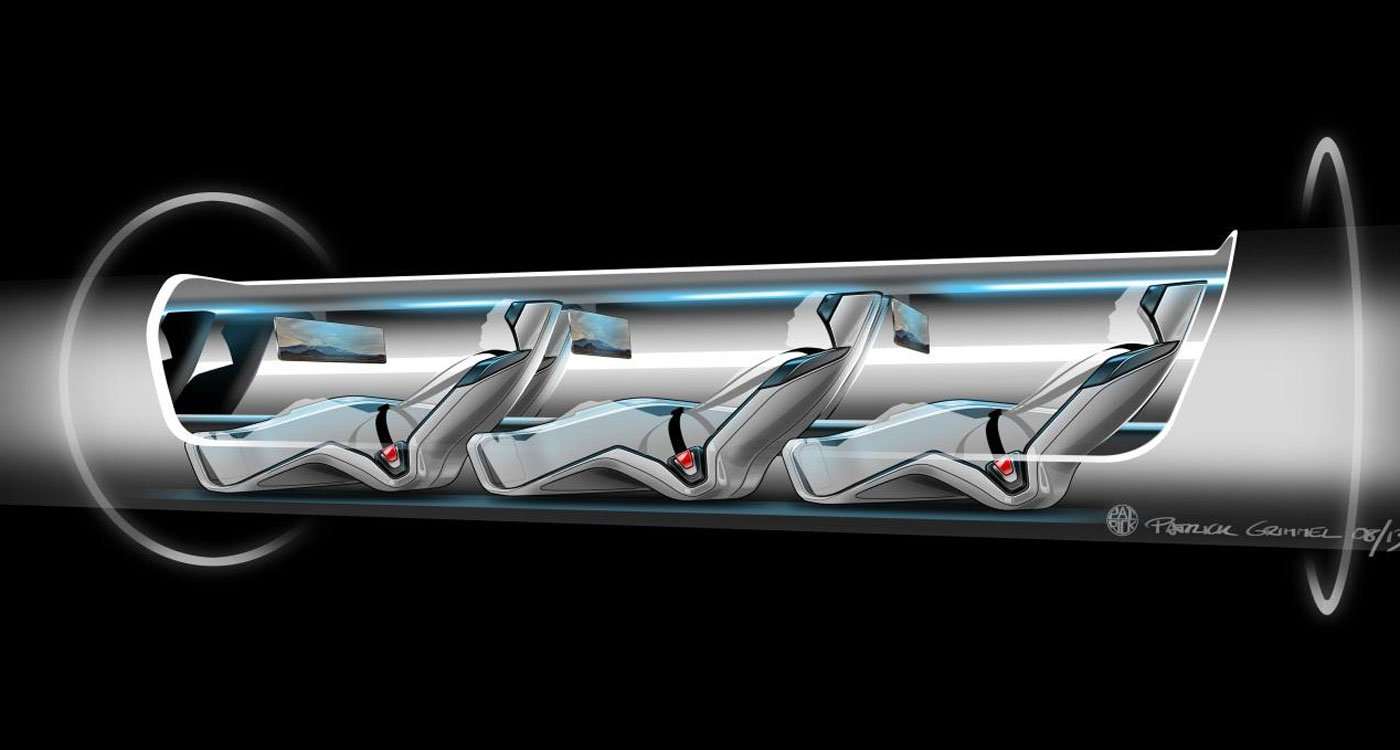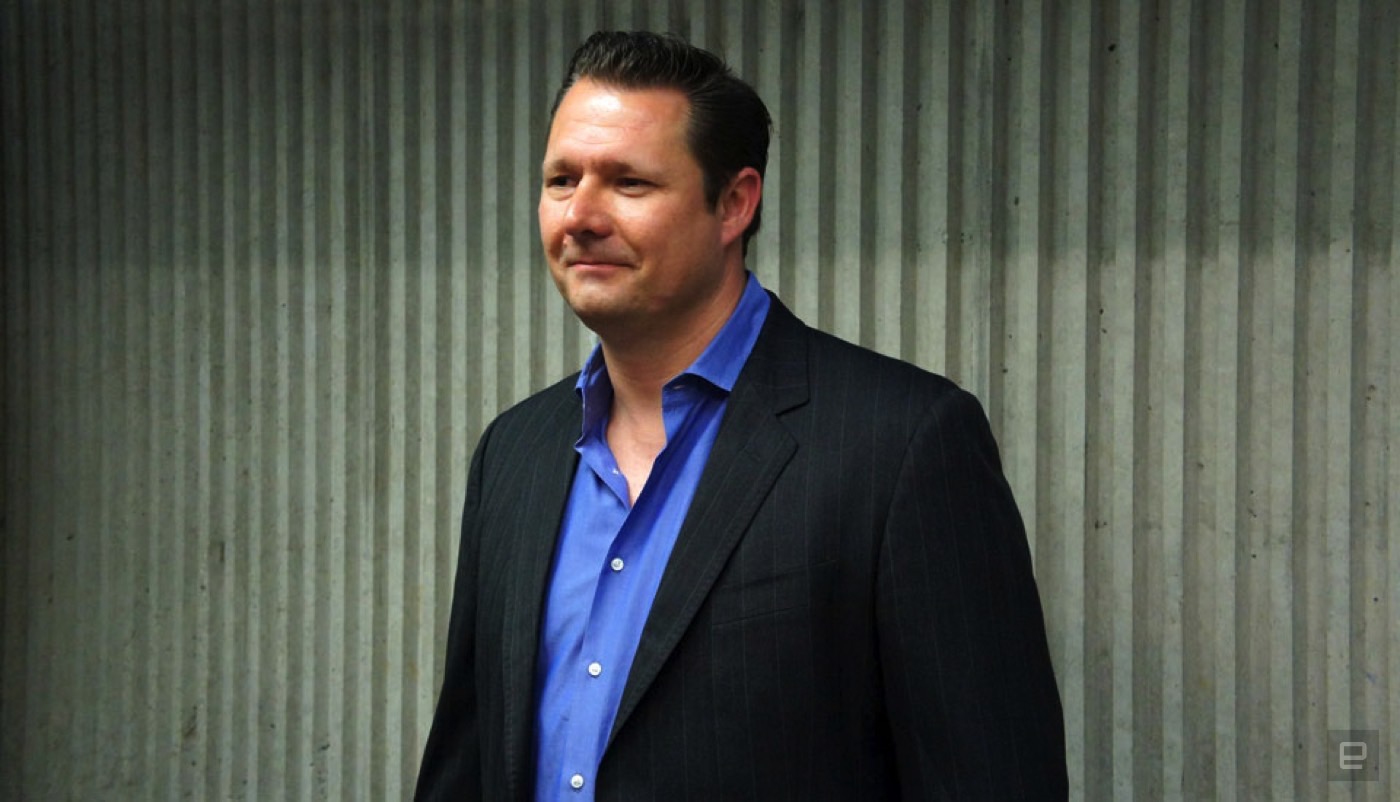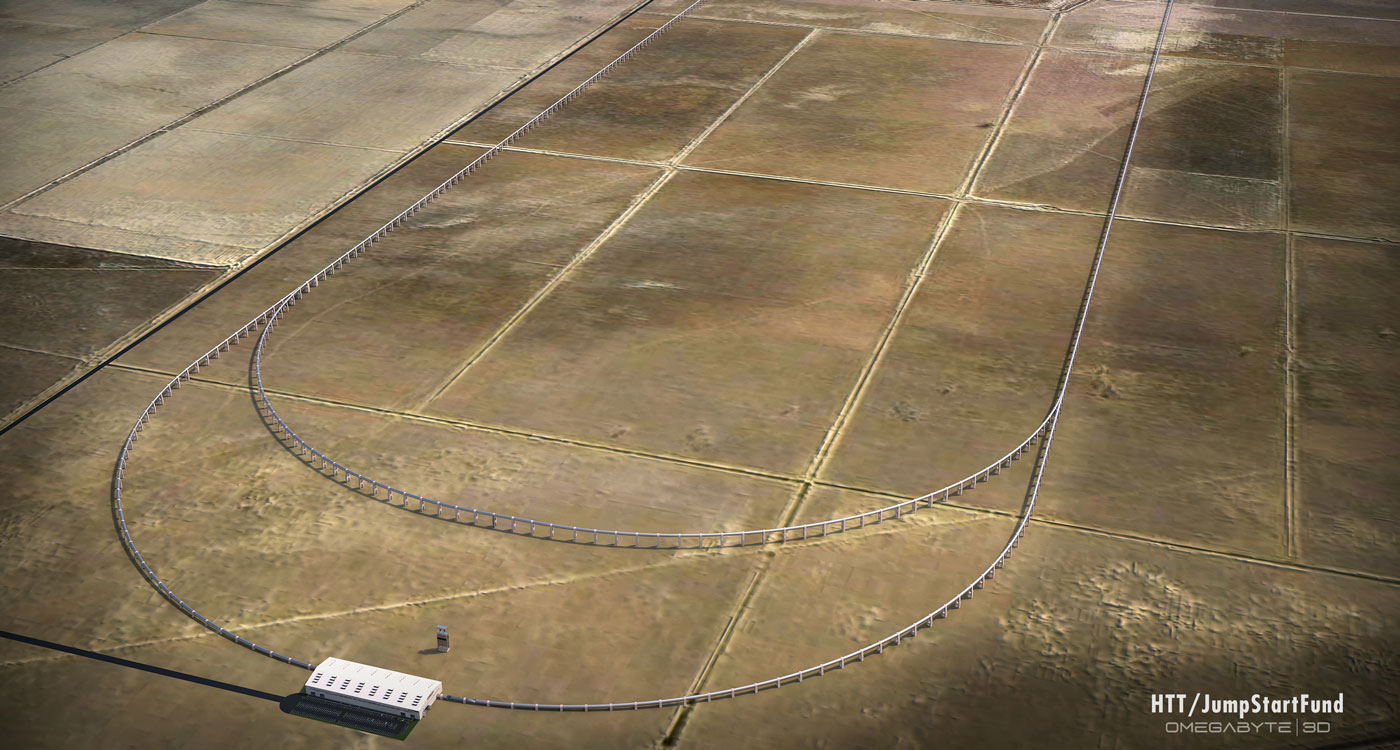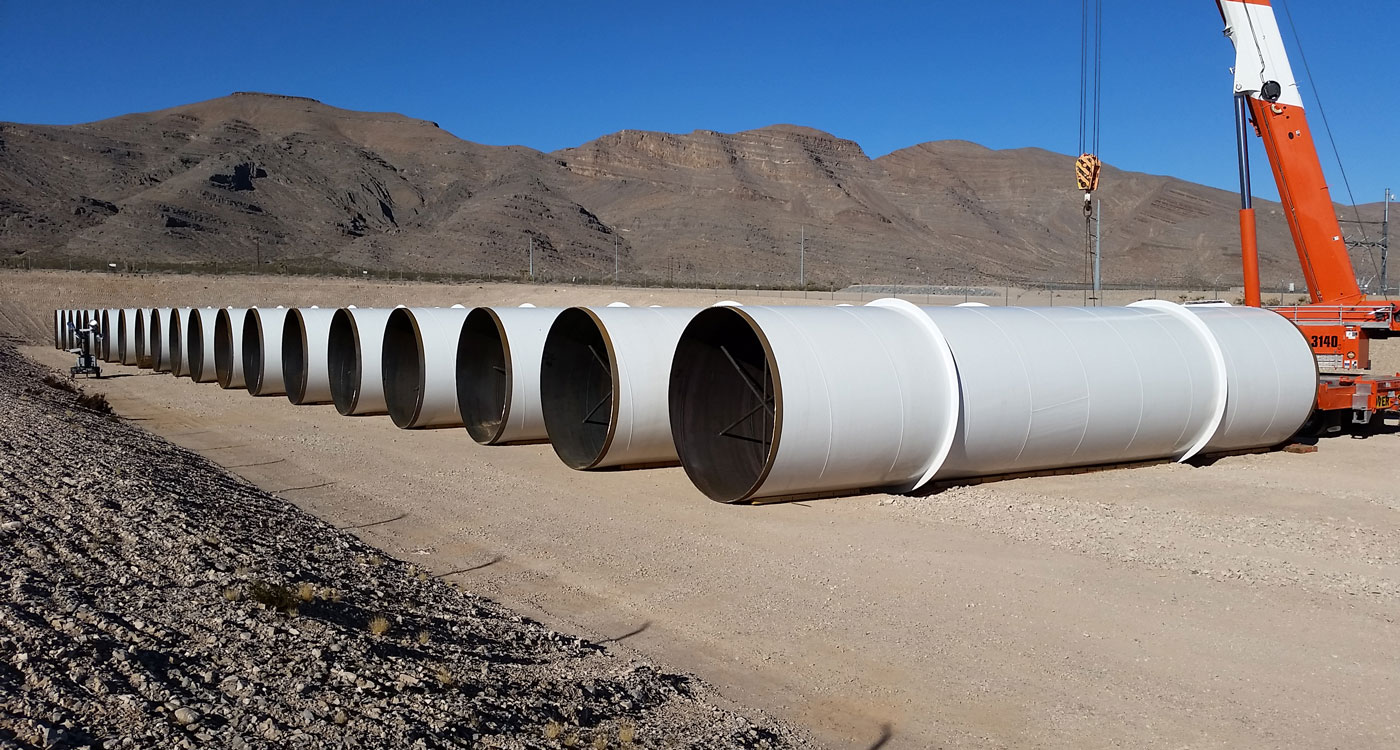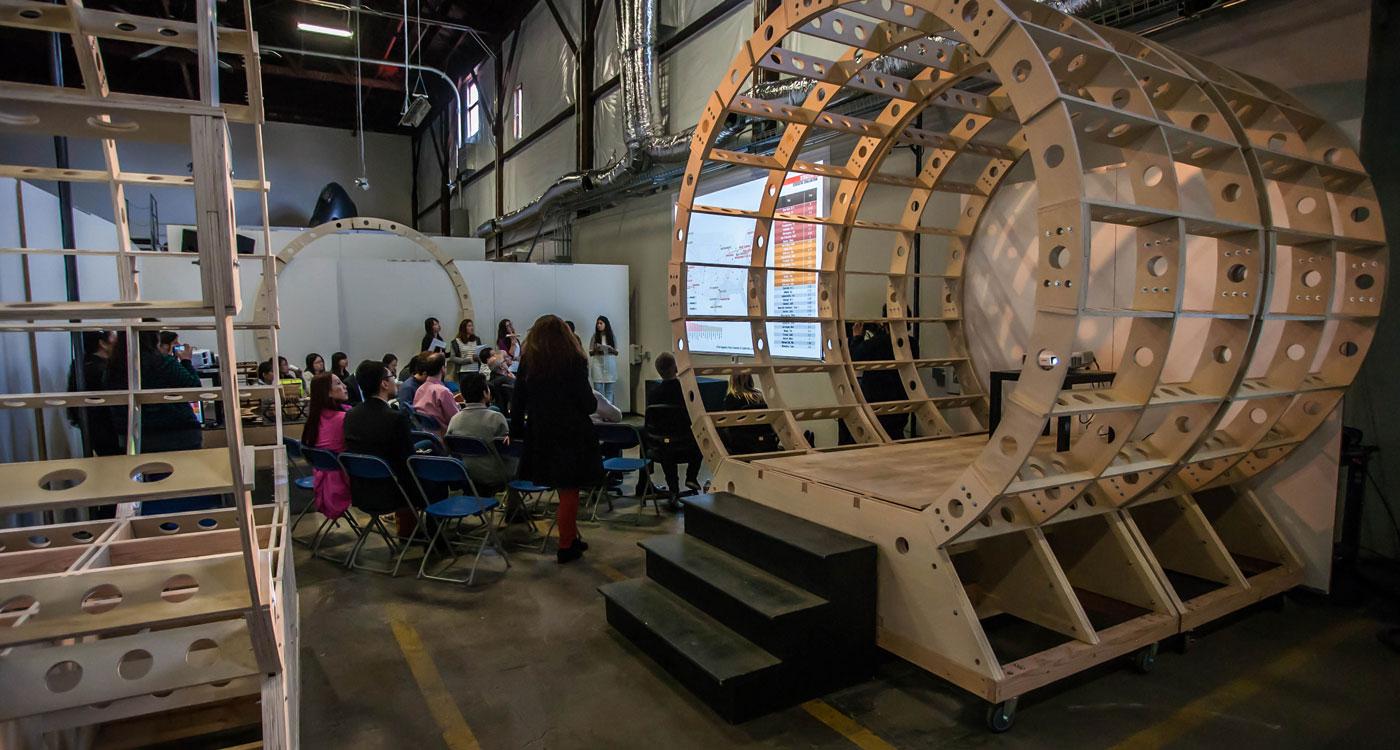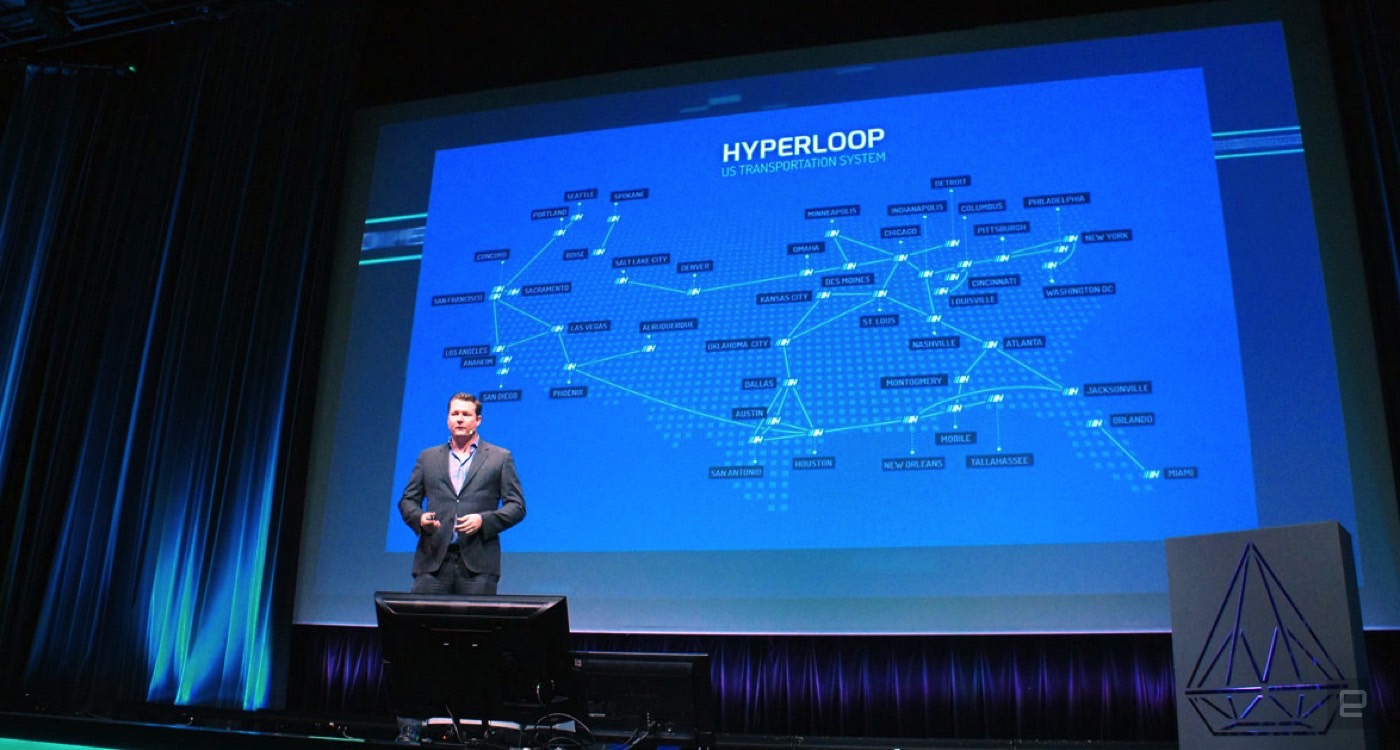Top 10 Engineering Gadgets
Although tech gadgets are being released in massive numbers these days, to find that best gift idea for your loved ones is often a tough ask. You go through tons of websites to get that one good tech product and the whole process becomes so cumbersome that you don’t get to discover the right product at the right time. Here’s a list that will make things easier for you – let’s have a look at 10 new engineering gadgets that would make for a great gift for anyone (even yourself).
Flair Central Air Control System

Get each room in your hope to the perfect temperature with the Flair Central Air Control System. Combining two units, Puck and Vent, this system works with central air units, mini-splits, as well as window A/C units to make sure every room remains at your ideal temperature. Puck is the wireless thermostat that controls the system and Vent, an actual vent, helps direct the air throughout the room and house.
Brain One – Standalone Telemetry Device for Motorsports and Action Sports

BRAIN One is a portable device that attaches to any vehicle or apparatus without cables or wires. It contains a range of sensors, including GPS+Glonass, thermometer, microphone, barometer, 9-axis inertial sensor and more, that measure all aspects of an action sport performance–from speed and bending angles to lap time and elevation differences.
Phoenix – World’s Most Advanced Exoskeleton

Introducing Phoenix – one of the world’s most advanced exoskeleton for helping people with mobility disorders. The purpose of this design is to help them stay upright and mobile. Both at the clinic as well as at home, Phoenix has been able to help individuals stand up and walk about, thus making them come out of their disorder, one step at a time.
Gest – The Gesture Controlled Wearable

Control your smartphone, tablet, or computer just by moving with Gest, the gesture controlled wearable. Designed to fit around the palm of your hand, this wearable has cable-connected rings that slide onto your fingers. Using advanced technology, Gest detects and interprets the location and movements of your hand and fingers to perform actions such as closing apps, moving your cursor, and flipping through slides.
Fleye – Your Personal Flying Robot

Introducing Fleye, you personal flying robot. More than just a drone, Fleye is extremely smart and has been engineered to fix many problems we face with ordinary drones. Built with a single shielded propeller and four control vanes, this flying robot instantly takes flight, has the ability to automatically follow you, and even responds to physical actions such as being pushed away without the risk of injury.
Sona Connected Bracelet by Caeden

Relieve some stress in your day with the Sona Connected Bracelet by Caeden. Designed for the busy professional, this bracelet isn’t just smart by staying connected but it truly intelligent. Rather than track just your heart rate, the Sona Connected Bracelet measures your heart rate variability, the gaps between your heartbeats.
The New Segway Robot by Ninebot – Personal Mobility Gone Cuter

Segway’s self-balancing technology has finally been reduced into a tiny form-factor than the original personal transportation device. This one’s just a few feet tall and happens to come with a head and face with two LED eyes that seem to blink and smile. You can even add a pair of articulated arms. They plug into the back where, eventually, you’ll also be able to add other hardware accessories.
Endless Mini Desktop Computer

Introducing the Endless Mini Desktop Computer, an entire computer that fits in your hand. Designed for those that have never owned a computer or had access to the internet, such as those in developing countries, the Endless Mini can easily connect to a user’s TV or other display system they already own.
Nima by 6SensorLabs – World’s First Portable Gluten Sensor

Healthy eating won’t be much of a tedious job if you have the Nima sensor in your bag. This tiny pocket-sized sensor is capable of analyzing your food quality at the molecular level. The one-time use capsules allows you to put what you want to test and gives you an accurate result at the end of the next 2 minutes.
TP-Link Talon AD7200 – The World’s First 802.11ad Router

With the introduction of the first 802.11ad Wi-Fi enabled laptop comes the TP-Link Talon AD7200, the world’s first 802.11ad router. The 802.11ad Wi-Fi feature, also known as WiGig, lets a device connect and communicate over Wi-Fi at multi-gigabit speeds. But this feature remains unused without the proper equipment.
